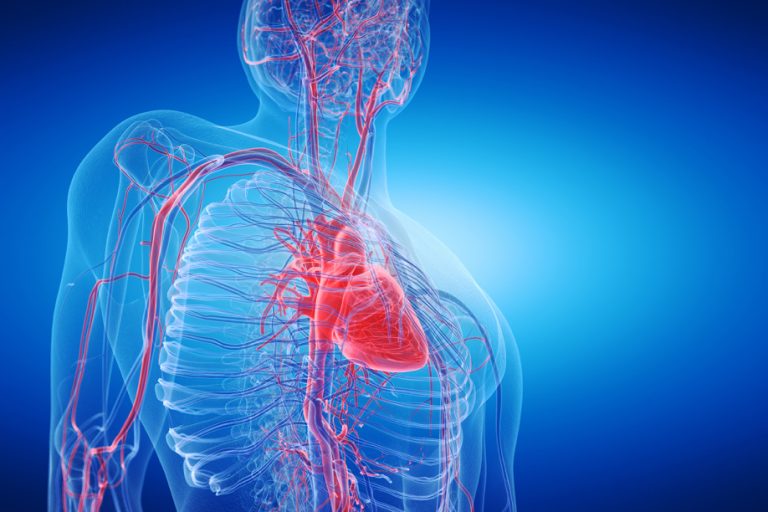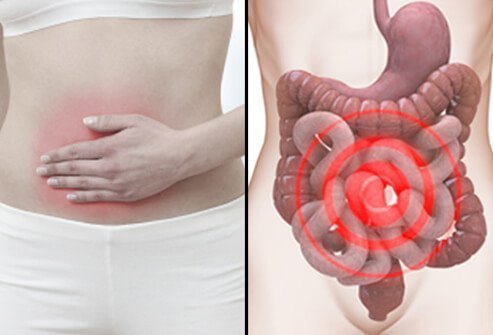Hemophilia: Type, Causes and Symptoms
Author: Rose Stella
Rose Stella
Category: Health
Tags: health, clotting, bleeding, hemophilia

Hemophilia is an inherited bleeding disorder in which the clotting process is malfunctioning. This condition happens because the blood-clotting proteins which are responsible for the clotting process are lacking. People diagnosed with this condition suffer from excessive and prolong bleeding.
Serious cases involve spontaneous bleeding in which bleeding continues although there is no trauma or injury. Mild cases of this condition show when there is injury or following surgery.
This medical condition is an inherited disorder. In rare cases, this condition can be acquired later in life. These cases involve women who recently gave birth, middle-aged or elderly people.
Types
There are different types of hemophilia but these two are the major types:
- Hemophilia A - also known as Classic hemophilia or factor VII deficiency. Caused by the lack of clotting factor VII, hence the name.
- Hemophilia B - also known as the Christmas disease or factor IX deficiency. Caused by the lack of clotting factor IX, hence the name.
Causes
Changes in the F8 gene are responsible for hemophilia A, while mutations in the F9 gene cause hemophilia B. The F9 gene produces the coagulation factor IX - a protein responsible for the clotting process. The mutation in the F8 or F9 genes results in an abnormal version of the coagulation factor or a lesser amount of these proteins. The altered and missing proteins hinder the clotting process, thus resulting in excessive bleeding.
Acquired hemophilia, another type of disorder, happens when autoantibodies attack and disable the coagulation factor VII. The cause of acquired hemophilia is still unknown but pregnancy, immune system disorders, cancer, or allergic reactions to certain drugs are some instances where it shows.
Symptoms
Typical Symptoms Includes:
- Swelling and pain in the joints around the knees, elbows, and ankles
- Hematoma or bleeding into the skin or muscle causing blood build-up
- Excessive bleeding of the mouth and gums during dental surgery
- Bleeding after circumcision
- Bleeding after vaccinations
- Blood in stool or urine
- Frequent nosebleeds without a known cause
Each sign and symptom may vary depending upon the severity and level of clotting factors. People with mild conditions would only bleed upon surgery or trauma while people with severe conditions may experience spontaneous bleeding.
Using blood tests and family medical history is a way to diagnose hemophilia. The level of clotting factor in the blood determines the type of hemophilia and whether it is mild, moderate, and severe.
Treatment
Replacement therapy is the main treatment for people with hemophilia. Carried out by infusing the clotting factor concentrates into the vein just like in blood transfusion. This treatment can be administered at home with proper instruction and training.
Replacement therapy on an as-needed basis is called demand therapy and on regular basis is known as prophylactic therapy. The treatment administration depends upon the severity of the condition.
DDAVP or drug desmopressin is a treatment administered to people with mild cases of hemophilia. Taken in the form of an IV (intravenous route) or in the form of nasal sprays. Recommended as a pain reliever for people with hemophilia is Acetaminophen.













